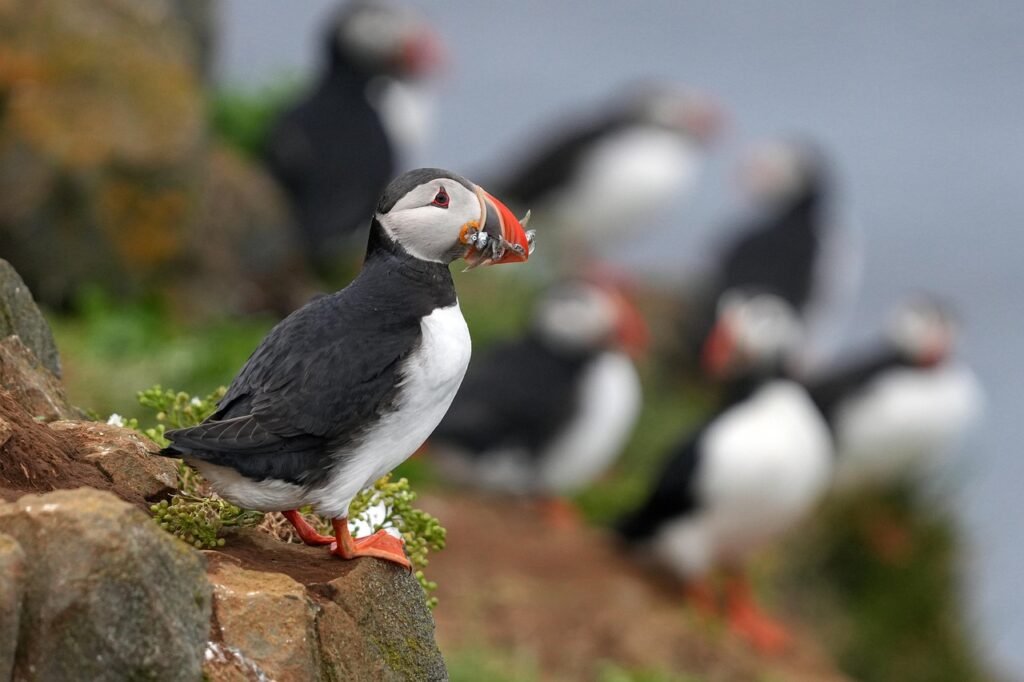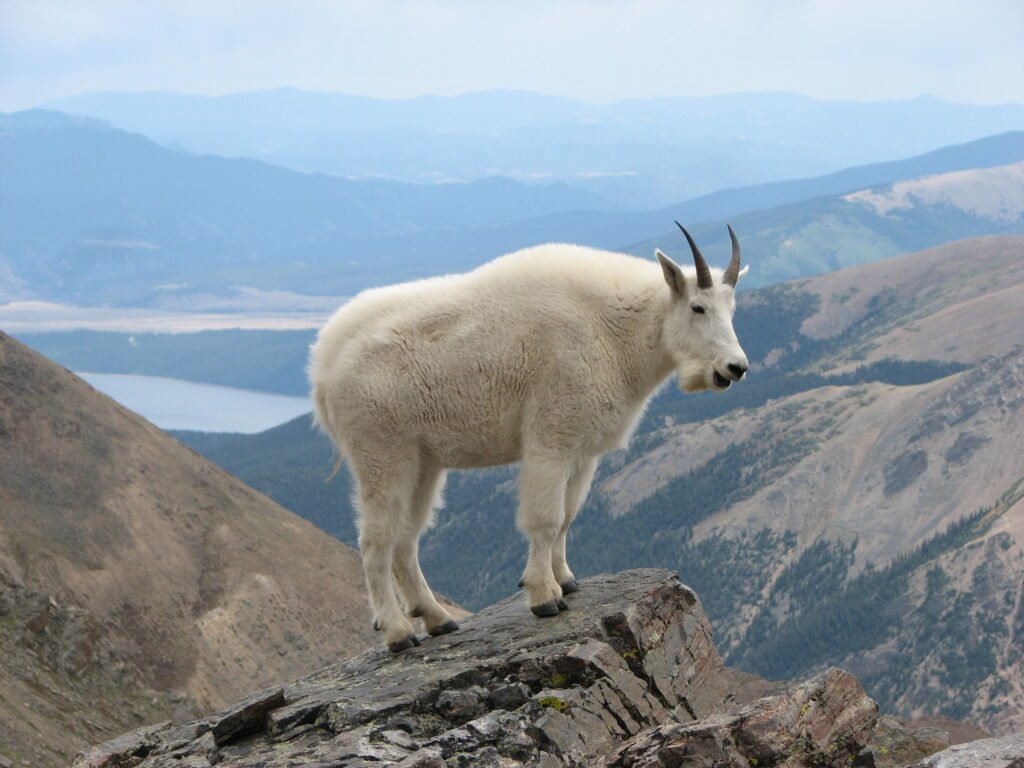The world behind the doors of a wildlife rehabilitation center is nothing short of extraordinary—a whirlwind of compassion, science, and ceaseless dedication. Imagine walking into a place where the air buzzes with hope and urgency, where tiny orphaned squirrels and battered birds of prey become someone’s daily mission. Here, each chirp, growl, and flutter is a cry for survival, and every heartbeat counts. It’s a realm where wild lives hang in the balance and where the smallest gestures can change the course of nature. The backstage life of a wildlife rehab is not only about saving animals; it’s about battling the odds, healing the unseen, and discovering the true meaning of coexistence.
The Heartbeat of Rescue: Emergency Intakes
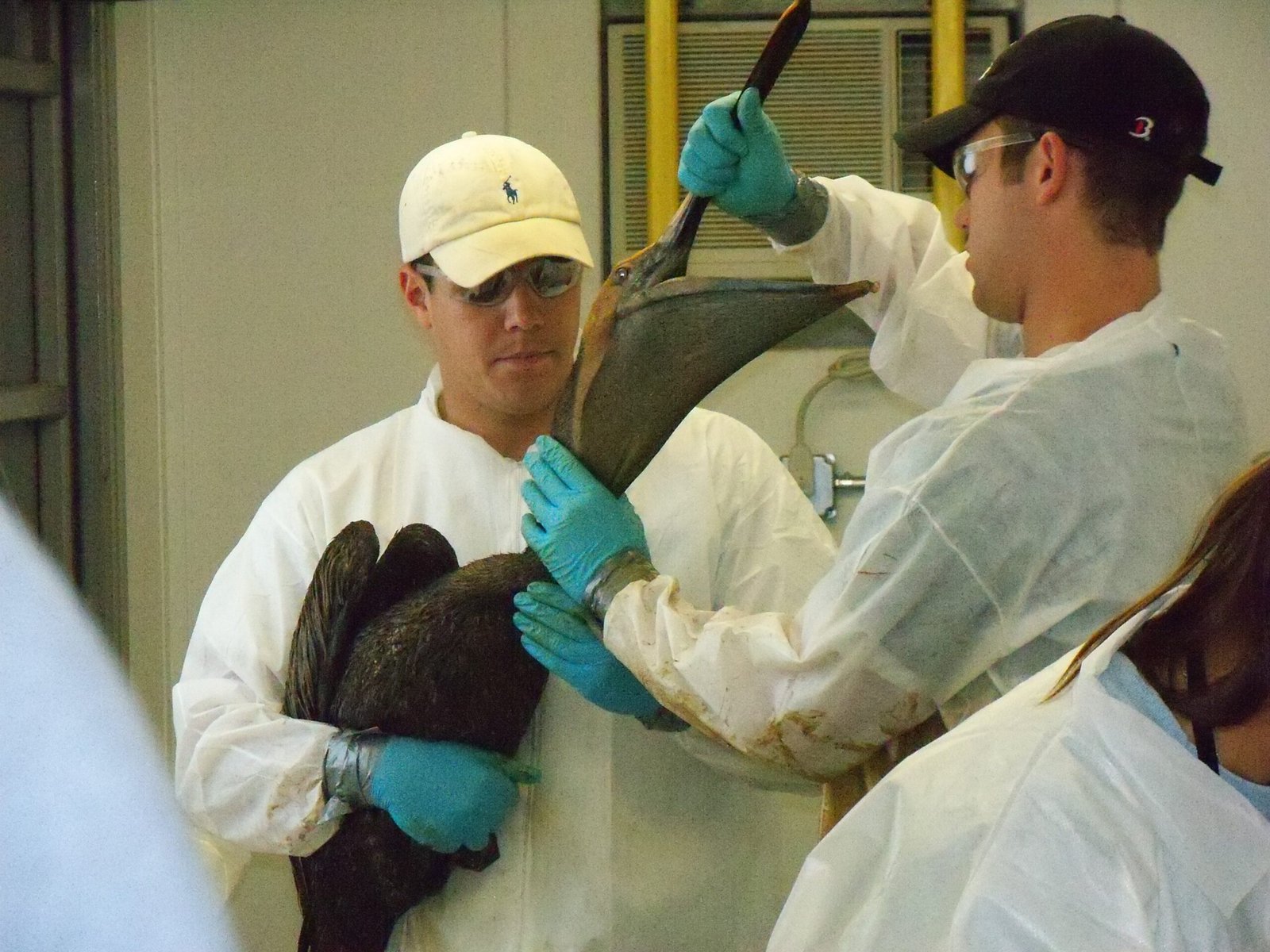
Every day, wildlife rehab centers brace for the unexpected. Injured raptors arriving after colliding with glass windows, fawns orphaned by car accidents, or songbirds brought in by concerned citizens—the intake process is a race against time. Staff and volunteers must assess each animal quickly, checking vital signs and determining the extent of injuries. Sometimes a single phone call can mean the difference between life and death, setting off a flurry of activity as teams prepare for the new arrival. The emotional weight is palpable; each intake is a story of survival and hope. Often, the animals are in critical condition, and the team must act with a blend of gentle care and medical precision. This first touchpoint is where the journey to recovery begins, revealing the raw, vulnerable side of wildlife rescue.
Medical Marvels: Veterinary Science in Action
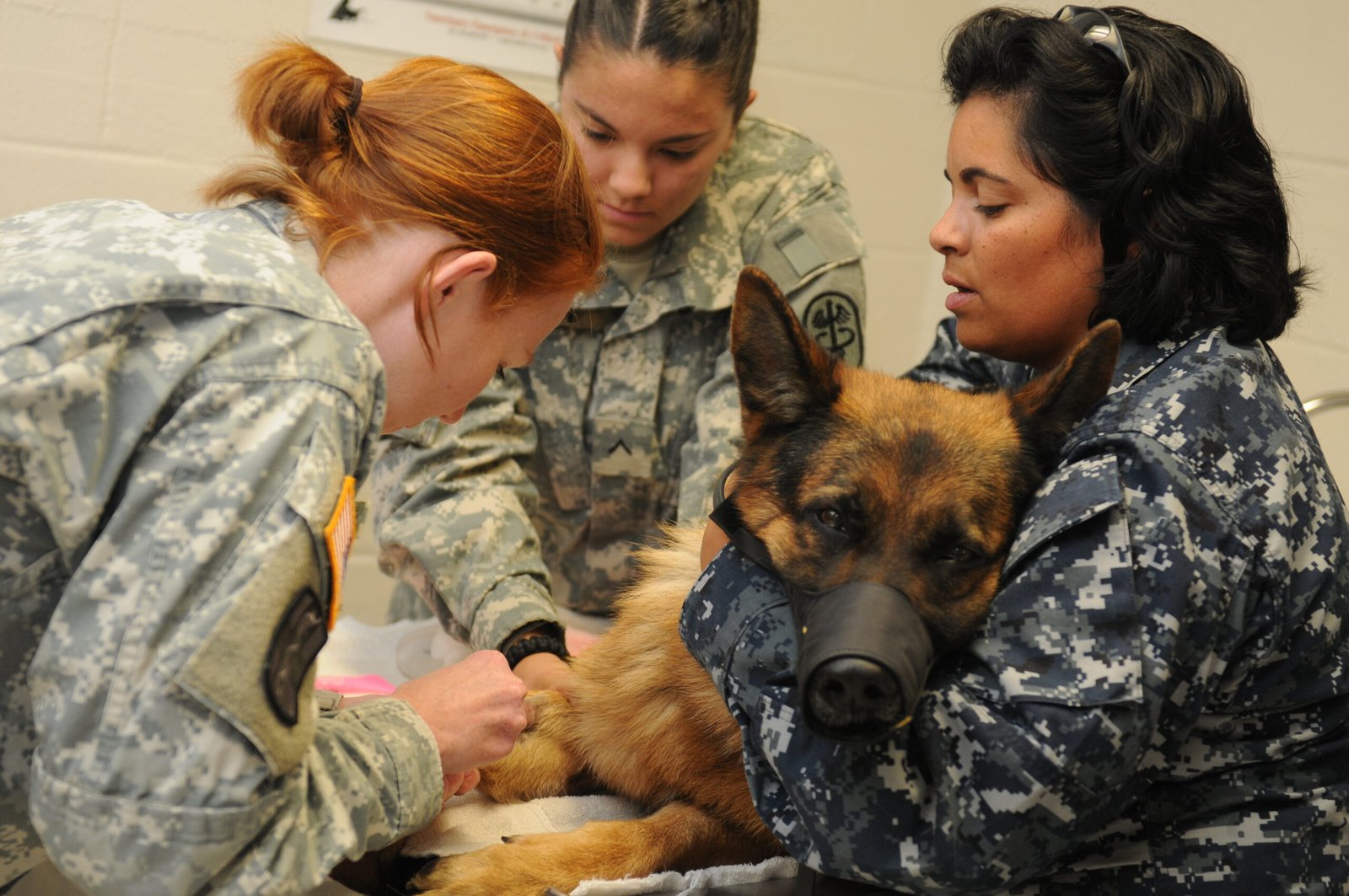
Behind the scenes, wildlife rehabilitation is as much about science as it is about compassion. Skilled veterinarians and technicians perform delicate surgeries on broken wings, treat infections, and even mend fractured beaks. Advanced diagnostic tools—like X-rays and blood tests—help pinpoint internal injuries or diseases that aren’t immediately obvious. It’s a place where medical innovation meets instinct, and every procedure is a tiny miracle. Sometimes, creative solutions are needed: splints fashioned from everyday materials, or custom prosthetics for animals with lasting injuries. The medical team faces challenges unique to wild patients—each species reacts differently to anesthesia, stress, and medication. Their expertise and adaptability are tested daily, blending textbook knowledge with improvisation and empathy.
The Art and Science of Nutrition
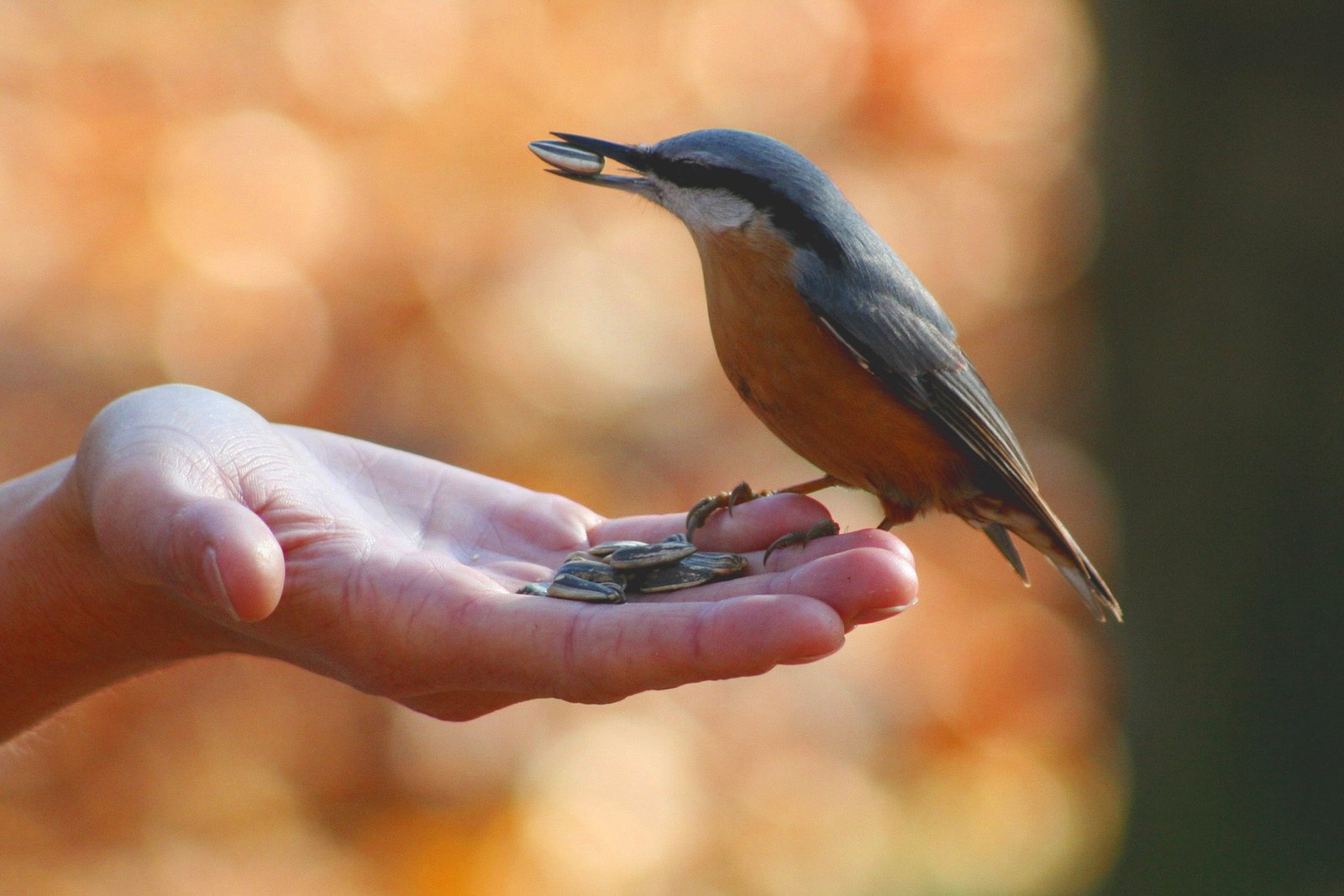
Feeding wildlife is a delicate balancing act—what works for one species can harm another. From mixing up protein-rich diets for raptors to preparing nectar for hummingbirds and grubs for hedgehogs, nutrition is tailored to mimic what animals would find in the wild. Malnourished arrivals require special care, with feeding schedules that can stretch around the clock. Sometimes, tiny infants need to be hand-fed every hour, a process both exhausting and rewarding. The staff constantly researches the latest nutritional findings, seeking to give each animal the best possible start. Every meal is a step toward recovery, and when an animal finally eats on its own, it’s a small, private victory.
The Quiet Heroes: Volunteers and Caregivers

Volunteers form the backbone of any rehabilitation center, giving their time, energy, and hearts to the cause. They clean enclosures, prepare food, monitor animals, and offer comfort during stressful times. Many come from different walks of life—students, retirees, or professionals looking to give back—and they form a tight-knit community united by their love for wildlife. Their days can be long and emotionally draining, but the rewards are immeasurable. Simple acts, like holding a frightened animal or witnessing a successful release, become moments of pure joy. The camaraderie among staff and volunteers creates a support system that makes even the hardest days feel worthwhile.
Sanctuaries of Healing: Specialized Recovery Spaces
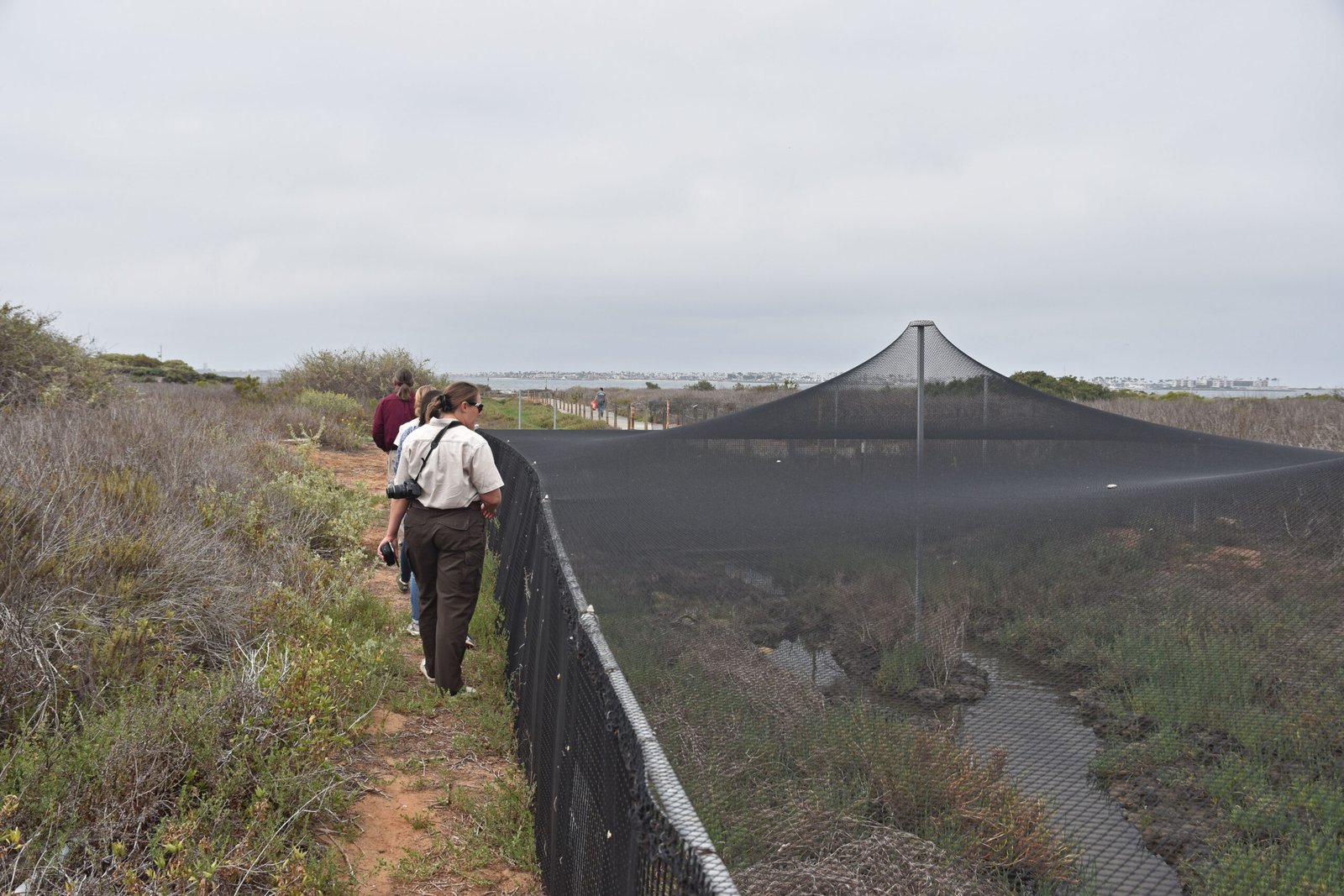
A rehab center is designed with purpose, every cage and enclosure crafted to foster healing. Quiet isolation rooms shield sick animals from noise and stress, while flight cages give raptors the space to regain their strength. Pools offer aquatic birds a chance to swim and preen, essential for waterproofing their feathers. Enrichment toys and natural branches are added to mimic wild conditions, encouraging natural behaviors. These spaces are constantly cleaned and monitored for safety and hygiene. The goal is always the same: to provide an environment that nurtures both body and spirit, preparing animals for life beyond the center’s walls.
The Emotional Rollercoaster: Triumphs and Heartbreaks

Working in wildlife rehabilitation is an emotional journey—one filled with soaring highs and crushing lows. Every successful release is a celebration, a moment when all the hard work pays off as an animal returns to the wild. Yet, not all stories have happy endings. Some animals arrive too injured or sick to recover, and making the decision to euthanize is a heavy burden. Grief is a constant companion, but so is resilience. Staff and volunteers learn to cherish the victories, no matter how small, and to find meaning in their efforts, even when the outcome is uncertain.
Education and Advocacy: Changing Minds and Hearts
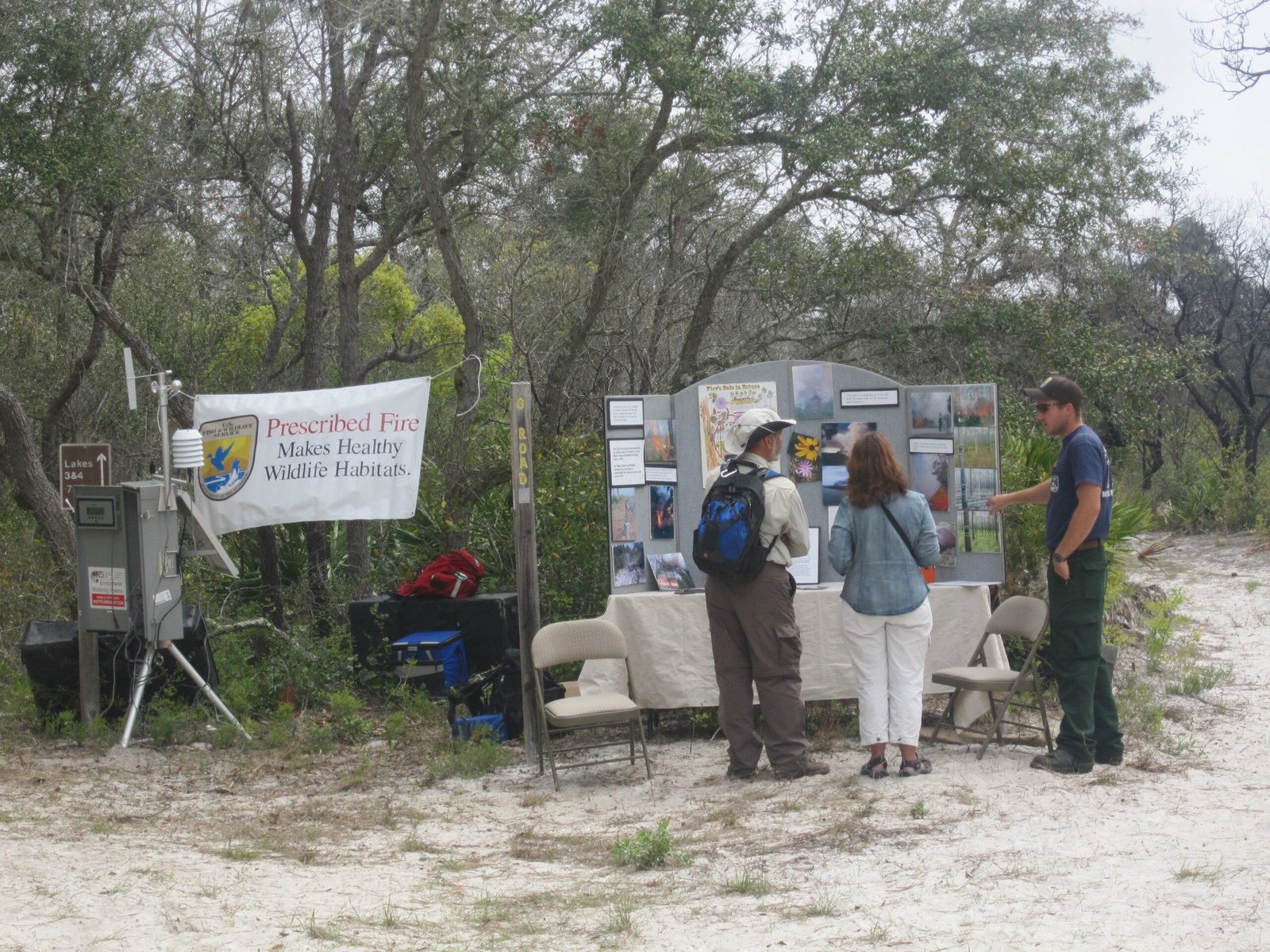
Wildlife centers are not just about rescue; they are hubs for learning and advocacy. Staff often give talks to schools, organize community events, and create educational materials to teach people how to coexist with wildlife. By sharing stories of rescued animals, they inspire empathy and encourage responsible behavior—like keeping cats indoors or using wildlife-friendly fencing. These outreach efforts ripple outwards, changing attitudes and reducing future harm. The center becomes a beacon of knowledge, empowering the community to protect nature in their own backyards.
Release and Reintegration: The Final Test
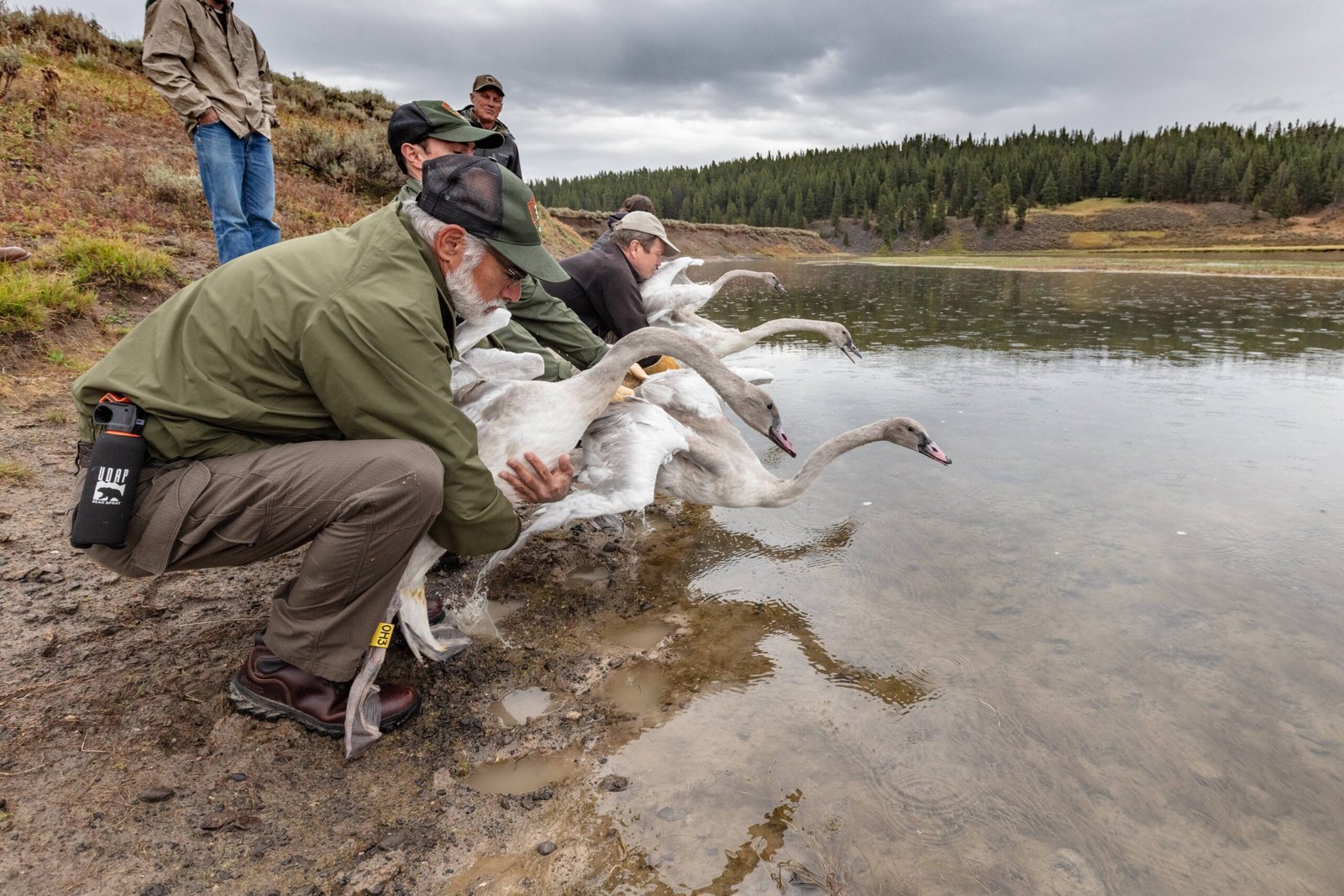
The ultimate goal for any rehab center is to return animals to the wild. This process is meticulous and deeply moving. Animals must prove they can hunt, fly, or forage on their own before release. Some are fitted with radio collars or bands, allowing researchers to track their progress after release. The release itself is a moment of hope and anxiety—will the animal thrive? Watching a healed hawk soar into the sky or a fox vanish into the undergrowth is a poignant reminder of what’s at stake. Each release is a testament to the center’s mission and the resilience of nature.
Research and Conservation: Expanding the Impact
Many wildlife rehab centers contribute to scientific research, collecting data on injuries, diseases, and migration patterns. This information helps scientists understand broader threats facing wildlife, such as habitat loss, climate change, or emerging diseases. By collaborating with universities and conservation groups, rehab centers play a vital role in shaping policies and finding solutions. Their work often leads to new insights—like identifying toxins in local water sources or tracking the spread of avian flu. This research not only benefits individual animals but also strengthens efforts to protect entire species.
The Power of Community Support
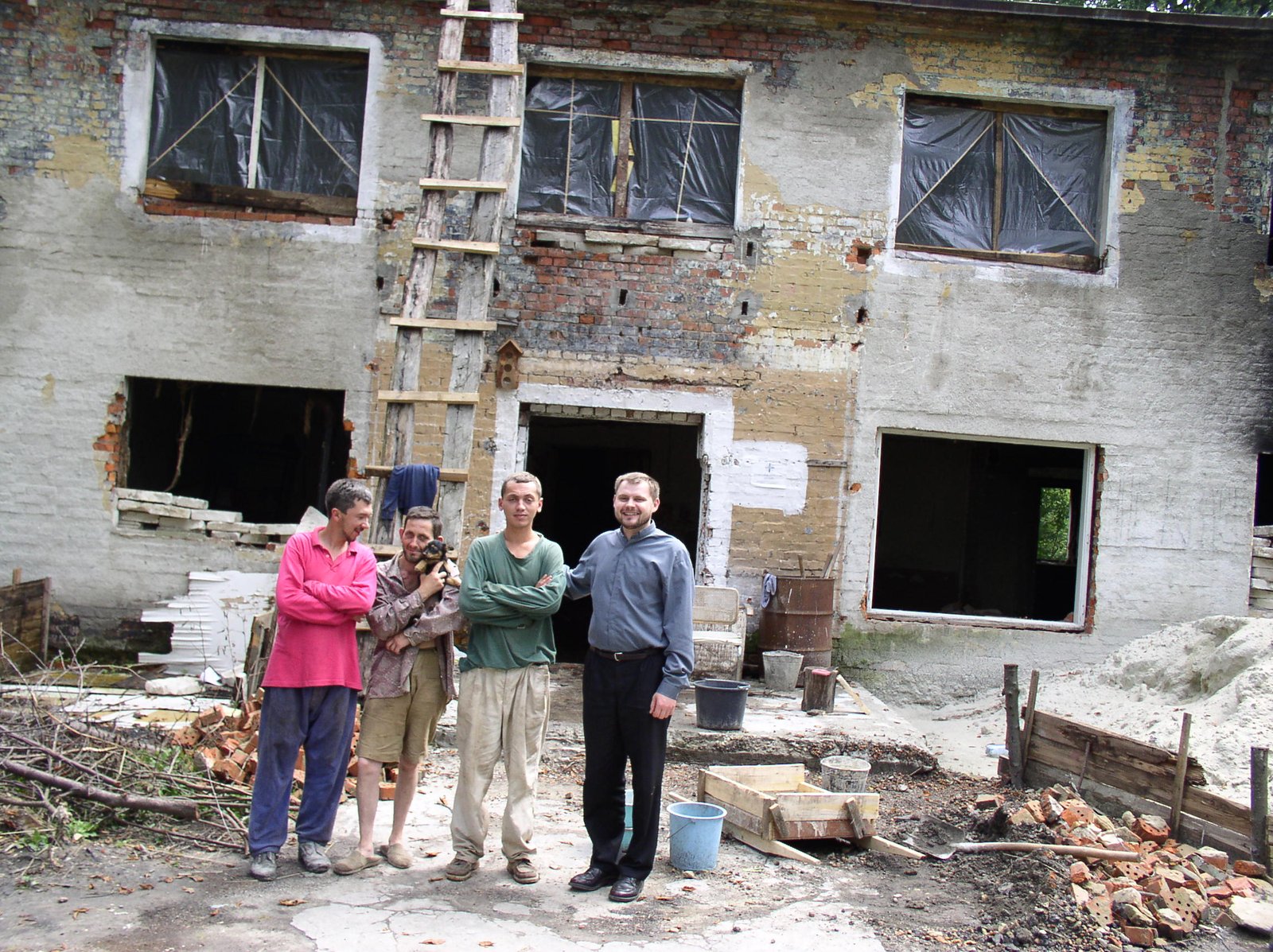
No rehabilitation center can operate in isolation—it relies on the goodwill and involvement of the community. Donations, fundraisers, and volunteer hours are the lifeblood of these organizations. Sometimes, local businesses donate supplies or sponsor enclosures. Schools might organize drives to collect towels, blankets, or food. This sense of shared purpose weaves a safety net for wildlife, reminding everyone that the fate of animals is tied to human compassion. When the community rallies together, the impact is profound, ensuring the center can continue its crucial work.
A Silent Bond: The Relationship Between Humans and Nature

Perhaps the most profound aspect of a wildlife rehabilitation center is the unspoken connection it fosters between people and the wild. Each rescued animal carries a lesson about fragility, resilience, and responsibility. Staff and visitors alike come to see themselves as stewards of the natural world, entrusted with its care. The center becomes a place where boundaries blur, and the simple act of saving a life echoes outwards, transforming all who witness it. In these quiet moments of connection, the true meaning of coexistence comes alive.
The backstage life of a wildlife rehabilitation center is a tapestry woven with science, care, and boundless hope. Each animal saved, each volunteer hour, and every lesson shared is a powerful reminder that healing the wild is as much about healing our own connection to nature. The next time you see a bird in flight or a fox darting through the woods, will you wonder about the hands that helped them soar?



